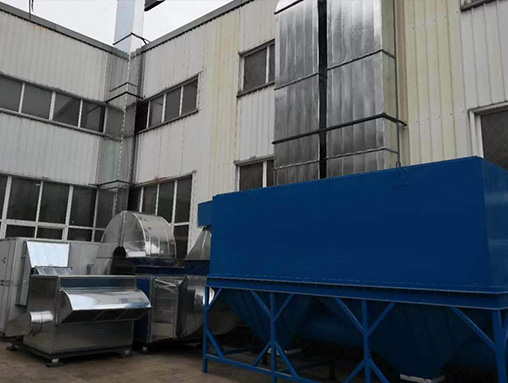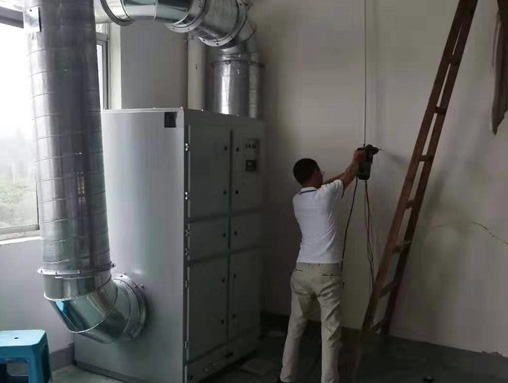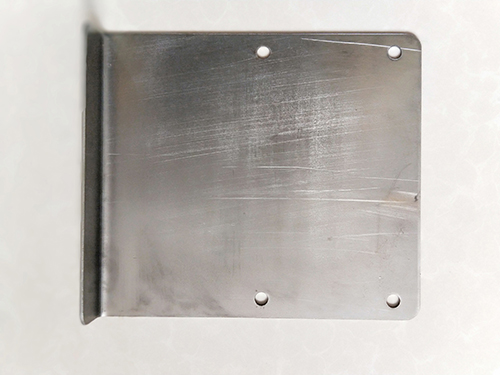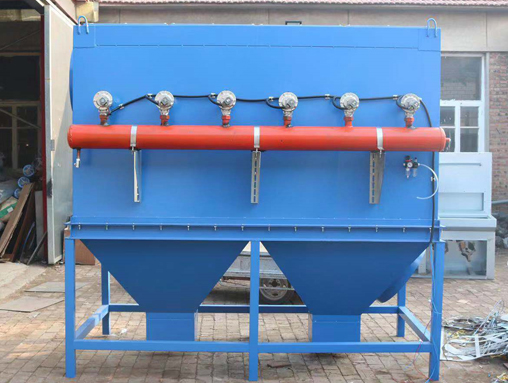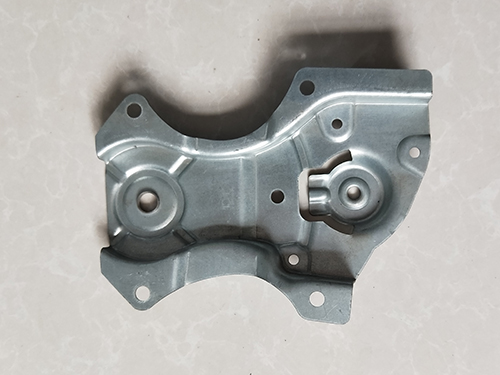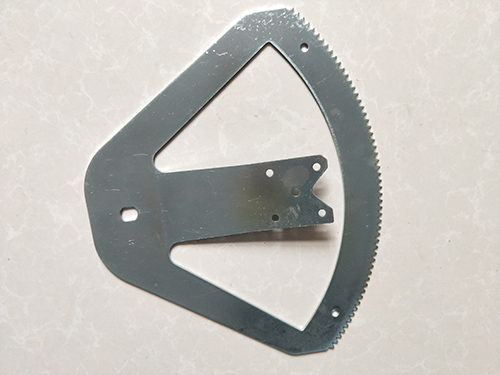Advantages of Stamping Parts in Stamping Molds
Stamping parts have good technical and economic advantages, and they are better than those produced by mechanical processing and plastic processing. Specific advantages include:
1. Stamping parts are processed using mechanization and automation, which is easy to operate and has high production efficiency. Ordinary machinery needs to press dozens of times per minute, while high-speed machinery can press dozens or even hundreds of times more than ordinary machinery, and can punch out one or more workpieces each time.
2. The size and shape of the stamped parts processed by stamping molds are relatively accurate, with high precision. The service life of the stamping molds is also long, and they can be processed multiple times without being easily damaged, reducing the company's costs.
3. There are many types of stamped parts produced by stamping molds, ranging from small seconds to large parts for automobiles, and they can also stamp complex shaped parts
4. Stamping parts have less material loss, which can save materials and costs.
5. It can produce stamping parts in large quantities, save processing time, and meet customer delivery time ahead of schedule.
In addition, stamping parts have a wide range of applications, including aviation, transportation, automobiles, and agricultural tractors. So stamping parts have higher precision and technical requirements than other ordinary workpieces, and will greatly increase the company's economic benefits.
